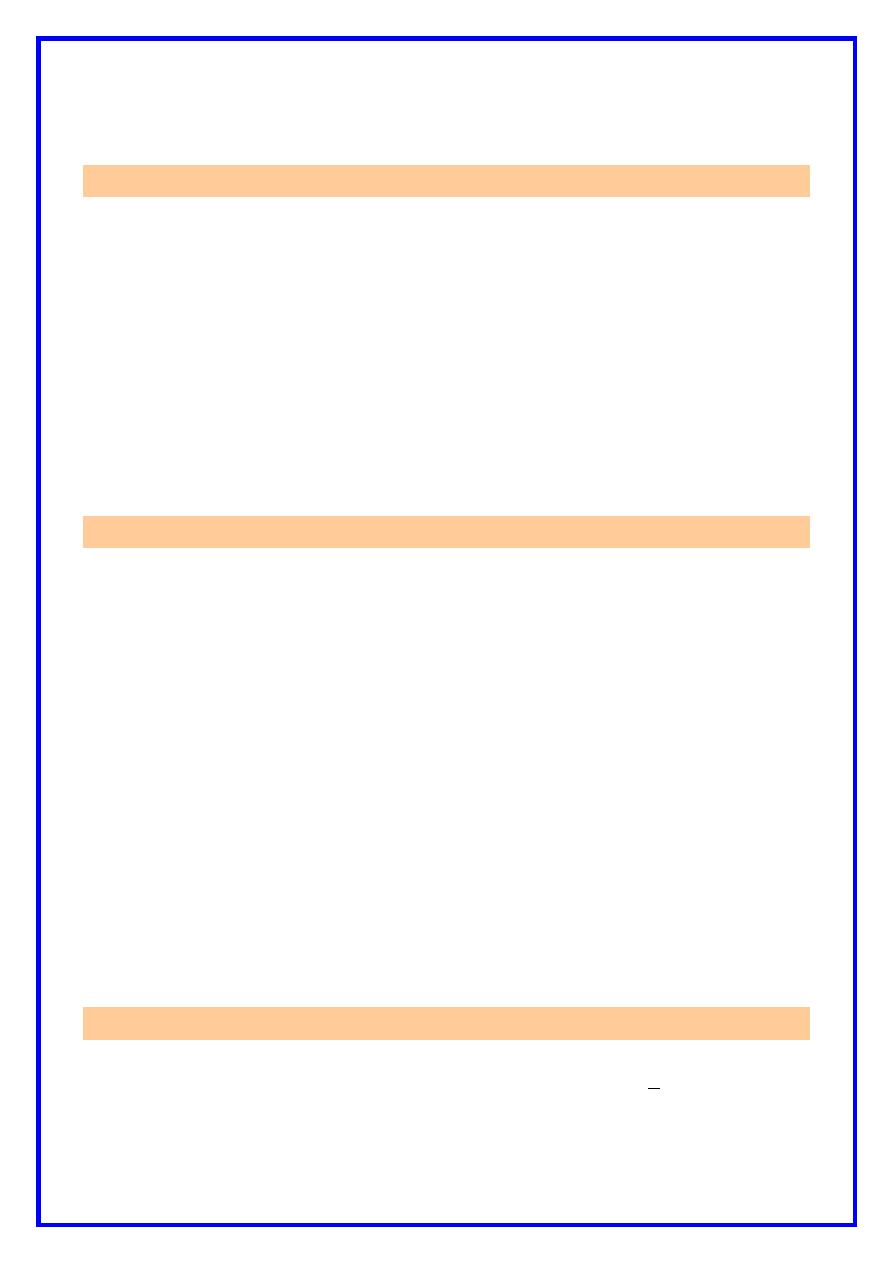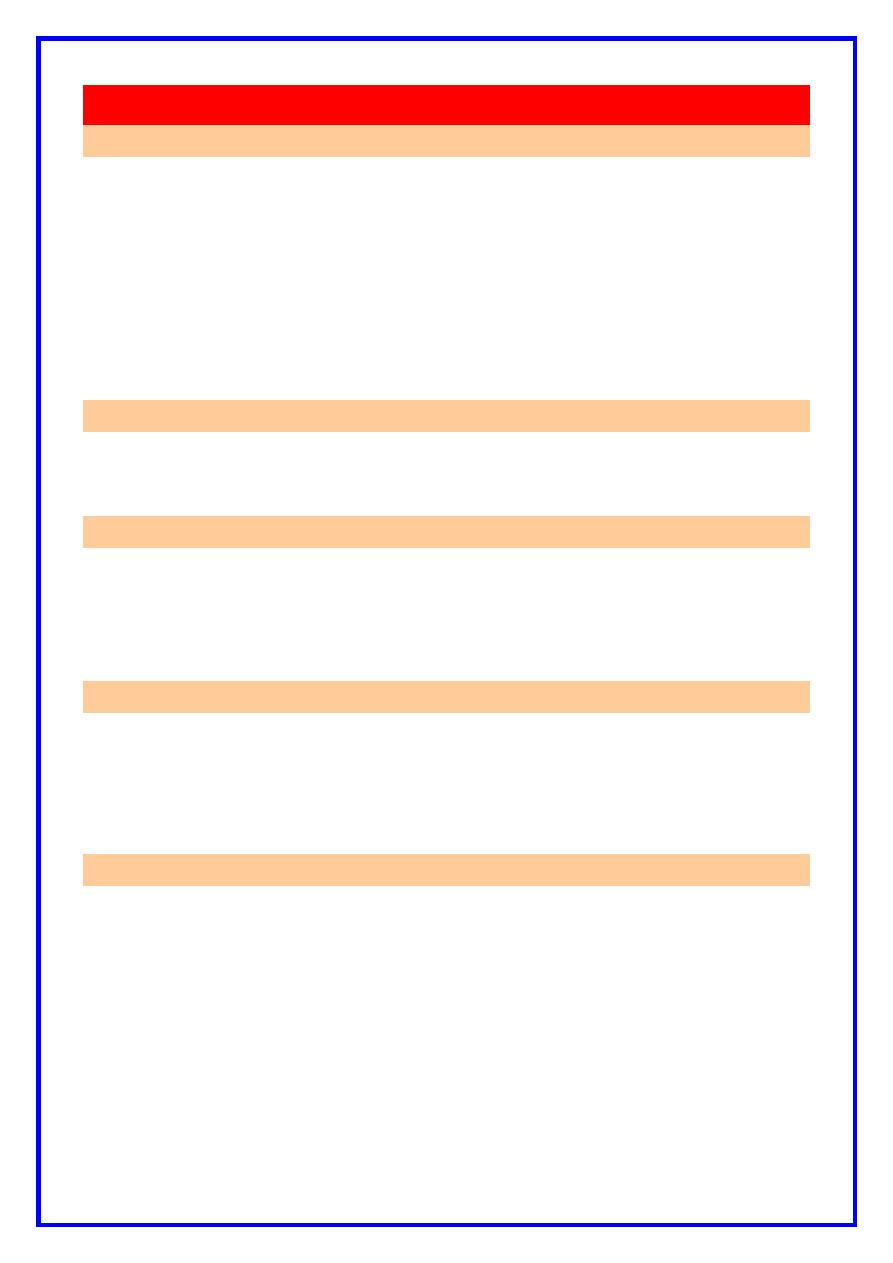
1
Cesarean Section
Definition :
It is the delivery of a viable fetus through an abdominal and uterine incisions .
Incidence :
It is estimated to be 21.2% in the USA ( 1998 ) .
The incidence was four fold increased over the last few decades due to :
1. Increased incidence of pregnancy in elderly women .
2. Increased dependence on electronic fetal monitoring .
3. Increased incidence of cesarean in breech presentation ( 100% in many
opinions ) .
4. Decrease in the use of forceps in midpelvic deliveries .
5. Increased concern of malpractice litigation .
6. Increased public awareness and interest in cesarean delivery .
7. Increasing success of ART that increased the fraction of precious babies .
8. The increased incidence of cesarean section increases automatically the rate of
repeated section .
Types :
I- According to the timing of the operation :
1. Elective operation :
* Done before the start of labor .
* Advantage : Proper patient preparation .
* Disadvantages :
a. The fetus may be still premature .
b. The LUS may not be fully developed .
c. The lochia is not well drained due to the closed cervix .
* IN parkland hospital , elective section is done only when the following data are
available .
a. Relevant precise date of the LMP .
b. Relevant U/S examination early in pregnancy .
c. Relevant serial measures of fundal height before mid pregnancy .
* Elective section is done when :
a. The fetus had completed 38Ws gestation .
b. The fetal weight equals the weight of the previous term baby or > 3 kg , Weight
measure should be done twice 2 different sonographers .

2
2. Selective operations :
* Operation done after the start of labor pains .
* Advantages = Disadvantages of the elective operation .
* Disadvantage = Advantage of the elective operation .
II- According to the operative technique :
1. Upper segment operation ( classical CS ) .
2. Lower segment transverse incision operation .
3. Lower segment vertical incision operation .
4. Extraperitoneal operation .
5. Cesarean hysterectomy .
Indications :
1. Repeat cesarean section : This is the most common indication ( 42% ) .
2. Cephalopelvic disproportion .
3. Antepartum hemorrhage :
a. Placenta previa .
b. Accidental hemorrhage .
4. Malpresentations .
5. Abnormal uterine action ( enumerate ) .
6. Maternal disease : As diabetes , fulminating pre-eclampsia and eclampsia , and
severe hypertensive cardiovascular disease .
7. Soft tissue obstruction .
8. Miscellaneous indications .
a. The presence of a weak scar in the uterus from a previous myomectomy
or repair of rupture uterus .
b. Previous successful plastic repair of the cervix or coplorrhaphy .
c. After successful repair of urinary fistula .
d. Permanent cerclage .
e. Cancer cervix or vagina .
II- Fetal Indications :
1. Persistent abnormal fetal heart pattern + Scalp pH < 7.2
2. Double fetal problem such as LBW + malopresentations , fetal distress ,
multifetal gestation .
3. APH .
4. Maternal herpes genitalis with intact membranes .
5. Fetal ITP .
6. Hydrocephaly with hopeful treatment .

3
7. Precious baby ( elderly primigravida , history of infertility , bad obstetric
history ) .
Contra-Indications :
1. A dead fetus , except in :
a. Extreme degrees of pelvic contraction .
b. Previous 3 or more sections .
c. Severe antepartum hemorrhage .
d. Cervical dystocia .
e. Failure of uterine response with no availability of PGs .
f. Cases with progressive retinopathy .
g. Obstructed labor with no availability of destructive operative .
2. Fetal monstrosities , unless vaginal delivery is considered difficult or
dangerous .
3. Eclampsia is a relative contraindication due to the high mortality from shock .
Preoperative preparation :
1. The female is admitted on the day of surgery ( provided that no obstetric or
medical disorders needing more prolonged admission ) .
2. If the woman is admitted before surgery , mild sedation at the night before the
operation may be prescribed .
3. Fasting for 8 hours before the operation .
4. 30 ml of any antacid is useful to prevent lung damage from gastric secretion if
aspiration occurs .
V- Cesarean hysterectomy :
* Mainly indicated in :
1. Uncontrollable post-partum hemorrhage from uterine atony .
2. Concealed accidental hemorrhage when the uterus does not respond to the usual
measures of controlling atony .
3. Placenta accreta encountered during section .
4. Multiple fibroids indicating hysterectomy .
5. Other indications of hysterectomy as operable genital malignancy .
Post operative care :
1. Monitor vital signs , uterine contractions and urine output/hour for 4 – 6 hours .
Once fully awake , stable vital signs and urine output is > 30 ml/hour , no
bleeding or other complications , transfer the patient to her room .

4
2. The catheter is removed as soon as the patient becomes ambulant ( usually
after 6 hours ) . If she can't move , the patient should be encouraged to move
her legs in bed .
3. Pain control is usually by doses of epidural analgesia or by small doses of
narcotics ( 25 – 50 mg pethidine ) . Narcotics are better given in small frequent
doses that large loading doses .
4. Proper fluid therapy for the 1
st
24 hours ( to maintain urine output to 500 –
1000 ml/day ) then switch to oral feeding after documentation of intestinal
movements starting with sugary fluids and gradually proceed to solid food .
Oxytocin infusion is maintained as needed .
5. Encourage deep breath and coughing .
6. Bowel sounds are usually heard on the 2
nd
postoperative day . Before this
time , the patient complain of some distension and gas pains . Full bowel
movements are documented after passage of flatus . Passage of flatus may be
aided with glycerin suppositories or rarely by enema ( C/I in appendectomy ) .
7. In non complicated cases , the wound need no extra care and the patient can go
home . Non absorbable sutures are removed on the 6
th
day . After that , the
patient can take a shower but followed by proper drying of the wound .
8. The patient is encouraged to breast feed from the 2
nd
morning . If the baby
died , suppression of lactation is effected immediately .
9. Prophylactic antibiotics ( controversial ) :
a. One gram ampicillin + 80 mg gentamycin after cord clamping followed
by 2 more doses 6 hours apart .
b. Single dose of velosef 2g after delivery of the infant followed by another
dose 3 – 4 hours later if surgery last for > 90 minutes .
Advantages of ISCS over USCS :
1. Hemorrhage is less , as the placental site is away from the incision and the
lower segment is thin and less vascular .
2. The scar in the uterus is stronger , and rupture in subsequent pregnancies is
extremely rare ( 0.2 % ) . The reasons for stronger union are :
a. Better healing because the lower segment is passive during the
puerperium , and the would is at rest .
b. Better coaptation of the edges can be obtained since the lower segment is
thin . Perfect coaptation of the thick upper segment is impossible and
there is a tendency for hematoma formation to become included between
the edges of the wound . This interferes with proper healing of the
classical incision .
c. The scar is away from placental implantation in subsequent pregnancies
which erodes the scar predisposes to the its rupture .

5
3. Less liability to ileus and acute gastric dilatation since the bowels do not
appear in the wound and are not manipulated during the operation .
4. Less danger of infection because of better peritonization and firmer healing .
Even if infection occurs it will be extraperitoneal and localized in the pelvis .
For this reason , the operation is applicable to potentially infected cases as after
failed forceps or trial labor .
5. The low site of the wound avoids post-operative adhesions and the danger of
subsequent intestinal obstruction .
Thus , USCS is only indicated in the following conditions :
1. The presence of adhesions or large tumor at the lower segment .
2. Cases with cancer cervix .
3. Successful repair of VVF .
4. When hysterectomy is to be done .
5. Transverse lie when back is anterior or down .
6. Preterm delivery ( as the LUS is not fully developed ) .
7. When very rapid delivery is needed ( relative ) .
Disadvantage of LSCS :
1. The lower operation is more difficult technically ( needing bladder dissection ,
special skill in fetal extraction particularly the extraction of a deeply engaged
head ) .
2. Risk of lower uterine segment injury which extend to the cervix , vagina , and
base of the broad ligament . There injuries may be difficult to repair and needs
aggressive surgery to secure the patient .
3. The risk of urinary bladder injury .
4. The risk of uterine artery injury .
Disadvantages of the Classical operation :
1. More risk of hemorrhage .
2. Greater tendency to rupture of the scar in subsequent pregnancies ( 2% ) .
3. Convalescence is usually complicated by distension .
4. Greater danger of peritonitis of infection is present in the uterus .
5. Post-operative adhesions are common with the danger of intestinal
obstruction .
6. The mortality rate is higher than that of the lower segment operation .

6
Problems encountered during cesarean section :
Bowel Injury :
Types and etiology :
1. Serosal or muscularis tear from blunt dissection of adherent bowel .
2. Accidental crushing of the bowel with a clamp specially in cases with
attempting to control pelvic Hge .
3. Thermal injury with diathermy .
4. Partial or complete sharp injury with scalpel or scissors during abdominal entry
or sharp dissection specially in cases with dense pelvic adhesions .
5. Inclusion into suture during abdominal closure .
Bladder Injury :
Incidence :
0.31 % for bladder injury ( including cystotomies done mostly at repeat section ) .
Causes :
1. The most common cause is during dissection of the bladder off the lower
uterine segment .
2. During the uterine incision .
3. Extension of the uterine incision into the bladder .
Ureteral Injury :
Incidence
: 0.09 % .
Causes
:
1. Extension of the uterine incision .
2. Secondary to haemostatic ligatures in the base of the broad ligament .
Extensions of uterine incisions :
Transverse incisions :
Transverse incisions tend to extend into the uterine vessels leading to profuse
hemorrhage and resultant shock in a short time .
